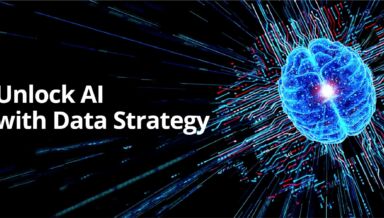- How Big Data can be used to impact decision making
- How Cloud computing impacts the design of citizen services
- How Open Data can help drive collaboration internally and externally
- Where government services fit within the new “App Economy”
- How government organizations can defend themselves against persistent cyber threats
- Cloud: Hosting providers maintain your infrastructure with high stability, reliability, and security standards, but does that mean your data is truly safe?
- Mobility: How can you enforce security measures and corporate policies, track usage, and maintain data sovereignty so workers collaborate from anywhere on any device with confidence?
- Collaboration: It can mean many things to many people, but what does collaboration mean to you and your organization?
- Security: When you implement technology that recommends information automatically, it can increase the likelihood of mistakenly releasing vulnerable information. How do you balance information access with security?
- Transparency: How do you create a transparent system that allows citizens to observe how their tax dollars are invested while providing up-to-the-minute information on the progress of projects and how they will ultimately benefit?
- Privacy & Data Protection: With the implementation of the Personal Data Protection Act in July of 2014, how can government organizations ensure their interactions with commercial businesses comply with the new regulations?
- Skills Management: How do you break the perception that government organizations are too compartmentalized and purposely hiding information for fear of criticism using resources such as people, process, and technology?
- Why is collaboration hard – and how can it be made easier?
- Examples of effective, connected government agencies
- Ways to balance governance and flexibility




